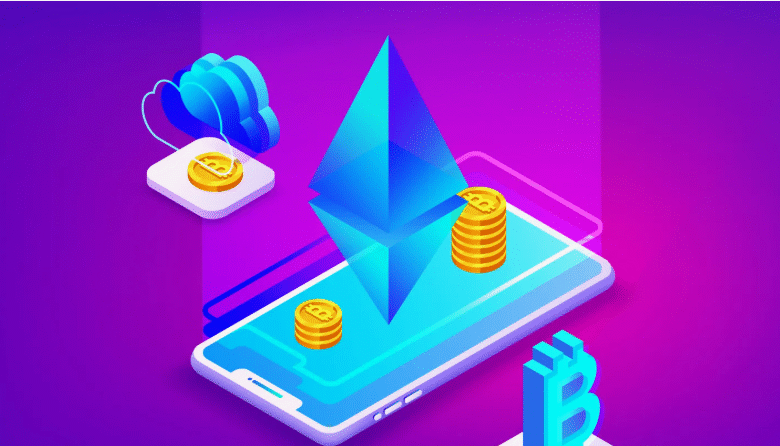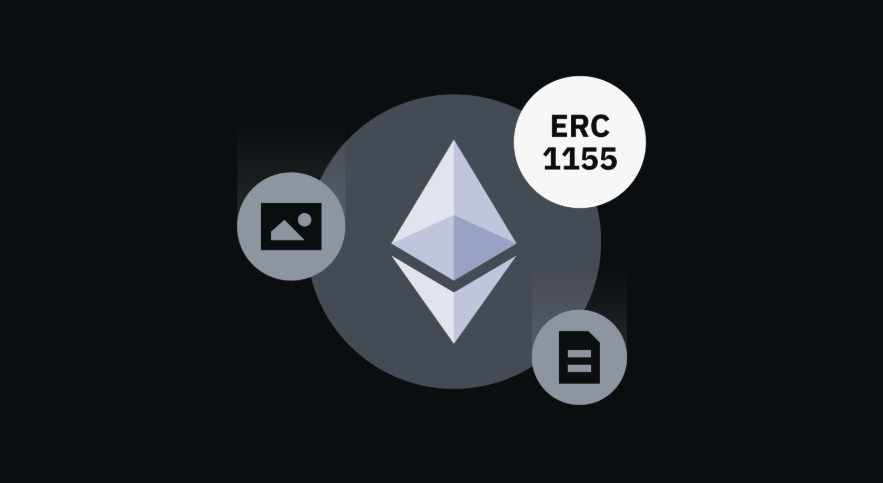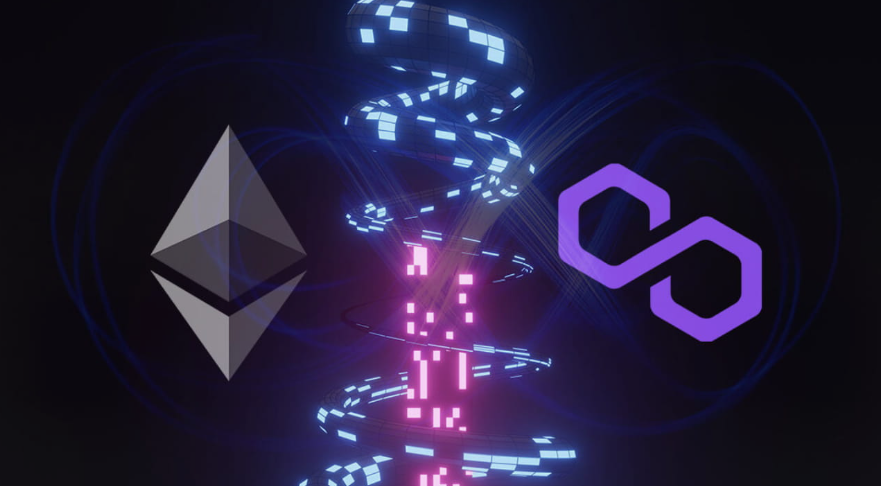How to Launch Your Own Token on Ethereum Complete 2025 Guide

Creating your own cryptocurrency token has never been more accessible, and learning how to launch your own token on ethereum can open doors to innovative fundraising, community building, and decentralized application development. Ethereum’s robust smart contract platform provides the perfect foundation for token creation, offering flexibility, security, and access to the world’s largest decentralized ecosystem.
The process of launching a token on Ethereum involves several critical steps, from understanding token standards to writing smart contracts, conducting security audits, and executing a successful deployment strategy. Whether you’re building a utility token for your DApp, creating a governance token for your DAO, or developing a unique tokenomics model, this comprehensive guide will walk you through every aspect of how to launch your own token on ethereum.
Ethereum’s dominance in the token ecosystem stems from its mature infrastructure, extensive developer tools, and widespread adoption. With over 500,000 ERC-20 tokens already deployed on the network, Ethereum has proven itself as the go-to platform for token launches. The network’s established liquidity pools, exchange integrations, and wallet support make it the ideal choice for serious token projects.
This guide covers everything from technical implementation to legal considerations, marketing strategies, and post-launch optimization, ensuring you have all the knowledge needed to successfully launch your token project.
Understanding Ethereum Token Standards
ERC-20: The Foundation of Ethereum Tokens
The ERC-20 standard serves as the backbone for most Ethereum tokens, providing a common set of rules and functions that ensure interoperability across wallets, exchanges, and decentralized applications. Understanding ERC-20 is crucial when learning how to launch your own token on ethereum.
ERC-20 defines six mandatory functions including totalSupply(), balanceOf(), transfer(), approve(), transferFrom(), and allowance(). These functions enable basic token operations like checking balances, transferring tokens, and allowing third-party spending approvals. Additionally, ERC-20 tokens must implement three events: Transfer, Approval, and optionally others for enhanced functionality.
The standard also includes optional functions like name(), symbol(), and decimals() that provide additional token information. Most successful tokens implement these optional functions to improve user experience and exchange compatibility.
ERC-721 and ERC-1155: Non-Fungible Token Standards
While ERC-20 handles fungible tokens, ERC-721 and ERC-1155 standards address non-fungible tokens (NFTs) and multi-token contracts. ERC-721 creates unique, indivisible tokens perfect for collectibles, gaming assets, or identity tokens.
ERC-1155 offers more flexibility by supporting both fungible and non-fungible tokens within a single contract, reducing gas costs and complexity for projects requiring multiple token types.
Choosing the Right Token Standard
Your choice of token standard depends on your project’s specific requirements. Most utility and governance tokens use ERC-20 for its simplicity and widespread support. Projects involving unique assets or gaming elements might benefit from ERC-721 or ERC-1155 standards.

Consider factors like interoperability requirements, gas efficiency, and the existing ecosystem support when selecting your token standard.
Pre-Development Planning and Strategy
Defining Your Token’s Purpose and Utility
Before diving into the technical aspects of how to launch your own token on ethereum, you must clearly define your token’s purpose and utility within your ecosystem. Successful tokens solve real problems or provide genuine value to users.
Utility tokens power specific functions within decentralized applications, such as paying for services, accessing premium features, or participating in network governance. Governance tokens enable community decision-making and protocol evolution. Security tokens represent ownership stakes or revenue rights in underlying assets.
Your token’s utility should align with your project’s long-term goals and provide sustainable demand drivers. Avoid creating tokens solely for fundraising without clear utility, as this approach often leads to regulatory issues and community distrust.
Tokenomics Design and Distribution Strategy
Tokenomics refers to the economic model governing your token’s supply, distribution, and incentive mechanisms. A well-designed tokenomics model balances stakeholder interests while promoting network growth and sustainability.
Key tokenomics considerations include total supply, inflation/deflation mechanisms, distribution schedules, and reward structures. Fixed supply tokens like Bitcoin create scarcity value, while inflationary models like Ethereum can fund ongoing development and security.
Distribution strategies typically allocate tokens across multiple categories: team and advisors, investors, community rewards, treasury reserves, and public sales. Transparent, fair distribution builds community trust and reduces regulatory scrutiny.
Legal and Regulatory Compliance
Understanding legal requirements is crucial when learning how to launch your own token on ethereum. Token classification varies by jurisdiction, with different rules applying to utility tokens, security tokens, and payment tokens.
In the United States, the SEC’s Howey Test determines whether tokens qualify as securities requiring registration or exemption. European regulations under MiCA (Markets in Crypto-Assets) provide clearer frameworks for token issuers.
Consult qualified legal counsel familiar with cryptocurrency regulations in your target markets. Proper legal structure and compliance documentation protect your project and team from regulatory enforcement actions.
Technical Implementation: Smart Contract Development
Setting Up Your Development Environment
Modern Ethereum development requires a robust toolkit including Node.js, a code editor like Visual Studio Code, and development frameworks like Hardhat or Truffle. These tools streamline the contract development, testing, and deployment process.
Install essential dependencies including Solidity compiler, Web3.js or Ethers.js libraries, and testing frameworks like Mocha or Chai. Consider using OpenZeppelin contracts library for battle-tested, secure implementations of common token standards.
Set up local blockchain environments using Ganache or Hardhat Network for testing without spending real ETH on gas fees. Configure development wallets and fund them with test ETH from faucets.
Advanced Token Features and Functionality
Beyond basic ERC-20 functionality, consider implementing advanced features that enhance your token’s utility and security. Pausable functionality allows temporary suspension of transfers during emergencies or upgrades.
Time-locked transfers prevent immediate token dumps by implementing vesting schedules for team allocations or investor tokens. Snapshot functionality enables governance voting based on historical token holdings.
Fee mechanisms can redirect transaction fees to treasury contracts, funding ongoing development or rewarding holders. Implement these features carefully, as they add complexity and potential security vulnerabilities.
Smart Contract Security Best Practices
Security should be your top priority when developing token contracts. Follow established patterns and avoid common vulnerabilities like reentrancy attacks, integer overflows, and unauthorized access controls.
Use OpenZeppelin’s proven contract libraries whenever possible, as they undergo extensive security audits and community review. Implement proper access controls using role-based permissions rather than simple owner-based systems.
Add comprehensive event logging for all significant contract interactions, enabling better monitoring and debugging. Include emergency pause mechanisms that allow temporary suspension of contract functions during security incidents.
Testing and Quality Assurance
Comprehensive Testing Strategies
Thorough testing is essential when learning how to launch your own token on ethereum. Implement unit tests covering all contract functions, edge cases, and failure scenarios. Test both successful operations and expected failures.
Integration tests verify your token’s compatibility with external systems like DEXs, wallets, and other smart contracts. Use mainnet forking to test against real protocol states and liquidity conditions.
Load testing helps identify gas optimization opportunities and ensures your contract performs well under high transaction volumes. Test with realistic user behaviors and transaction patterns.
Security Auditing Process
Professional security audits are crucial for high-value token launches. Reputable auditing firms like ConsenSys Diligence, OpenZeppelin, or CertiK provide comprehensive security reviews identifying vulnerabilities and recommending improvements.
Internal security reviews should precede professional audits. Use automated analysis tools like Slither, MythX, or Securify to identify common vulnerabilities. Conduct manual code reviews focusing on business logic, access controls, and external dependencies.
Bug bounty programs incentivize community security researchers to identify vulnerabilities before malicious actors. Platforms like Immunefi facilitate bug bounty program management and payout distribution.
Gas Optimization and Performance
Ethereum’s high gas costs make optimization crucial for user adoption and contract sustainability. Profile your contract’s gas usage across different functions and identify optimization opportunities.
Standard optimization techniques include using packed structs, minimizing storage operations, and leveraging view functions where possible. Consider implementing meta-transactions or layer-2 solutions for improved user experience.
Batch operations reduce per-transaction overhead for users performing multiple actions. Design your contract architecture to minimize cross-contract calls and expensive operations.
Read More: How to Launch Your Own Token on Ethereum Complete 2025 Guide
Deployment and Launch Strategy
Mainnet Deployment Process
Deploying your Ethereum to the Ethereum mainnet requires careful preparation and execution. Test your deployment scripts thoroughly on testnets like Sepolia or Goerli before mainnet deployment.
Prepareparameters,t parameters including token name, symbol, initial supply, and contract constructor arguments. Use deterministic deployment methods to ensure consistent contract addresses across different environments.
Monitor gas prices and deploy during periods of lower network congestion to minimize deployment costs. Consider using services like Flashbots for MEV protection during deployment.
Initial Token Distribution
Execute your token distribution according to your predefined tokenomics model. Use multi-signature wallets for treasury management and implement time-locks for team allocations.
Airdrop campaigns can bootstrap initial community adoption, but design them carefully to avoid Sybil attacks and ensure fair distribution. Consider using Merkle tree proofs for gas-efficient airdrop implementations.
Liquidity decentralized exchanges like Uniswap or SushiSwap enable immediate trading and price discovery. Provide sufficient initial lminimise to minimize slippage and support healthy market dynamics.
Exchange Listings and Market Making
Exchange listings significantly impact token visibility and accessibility. Start with decentralized exchanges that offer permissionless listing, then pursue centralized exchange listings as your project gains traction.
Centralized exchanges typically require comprehensive documentation, legal opinions, and sometimes listing fees. Prepare materials including technical specifications, legal documentation, and project roadmaps.
Market-making services provide liquidity and reduce price volatility, improving user experience and attracting larger investors. Professional market makers offer sophisticated strategies but require ongoing fees and token allocations.
How to Launch Your Own Token on Ethereum?

Layer 2 Integration and Multi-Chain Strategy
Consider integrating with Ethereum Layer 2 solutions like Arbitrum, Optimism, or Polygon to reduce transaction costs and improve user experience. Many successful tokens deploy on both mainnet and L2 networks.
Bridge implementations enable token movement between different networks, expanding your user base and reducing dependency on Ethereum mainnet. Use established bridge protocols rather than developing custom solutions.
Multi-chain strategies require careful tokenomics planning to maintain consistent supply and prevent arbitrage opportunities. Consider using canonical token models where one chain serves as the source of truth.
Governance and Community Building
Implement governance mechanisms that enable community participation in project decisions. Start with simple proposal and voting systems, then evolve toward more sophisticated governance models.
Token-based voting creates direct stakeholder alignment but requires careful design to prevent governance attacks and ensure broad participation. Consider implementing delegation mechanisms and quorum requirements.
Community building extends beyond token holders to include developers, users, and ecosystem partners. Foster active communities through Discord servers, governance forums, and regular communication.
Compliance and Regulatory Evolution
Stay informed about evolving regulatory requirements in your target markets. Regulations like the EU’s MiCA framework provide more straightforward guidelines but impose new compliance obligations.
Implement KYC/AML procedures for token sales and specific token interactions if required by applicable regulations. Use compliant service providers for payment processing and user verification.
Maintain detailed records of token distributions, transactions, and compliance efforts. Regulatory authorities increasingly scrutinize token projects, making thorough documentation essential.
Post-Launch Optimization and Growth
Monitoring and Analytics
Implement comprehensive monitoring systems tracking token metrics, user behavior, and ecosystem health. Use tools like Dune Analytics, The Graph, or custom dashboards for real-time insights.
Track key metrics including holder distribution, transaction volumes, liquidity depth, and user adoption rates. Monitor social sentiment and community engagement to identify potential issues early.
Set up automated alerts for unusual activity, security incidents, or performance degradation. Rapid response to issues maintains user confidence and prevents minor problems from escalating.
Ecosystem Development and Partnerships
Foster ecosystem growth by supporting developers building on your platform. Provide clear documentation, development tools, and grant programs for promising projects.
Strategic partnerships with other protocols, exchanges, and service providers expand your token’s utility and reach. Focus on partnerships that provide genuine value rather than superficial associations.
Integration with existing DeFi protocols enables additional use cases like lending, borrowing, and yield farming. These integrations create additional demand drivers for your token.
Continuous Improvement and Evolution
Plan for ongoing contract upgrades and feature additions. Use proxy patterns or governance-controlled upgrades to implement improvements while maintaining security.
Gather community feedback through governance proposals, surveys, and direct engagement. Responsive development teams that listen to community needs build stronger, more sustainable projects.
Regular security reviews and audits ensure ongoing protection against evolving threats. The cryptocurrency landscape changes rapidly, requiring continuous adaptation and improvement.
Conclusion
Learning how to launch your own token on ethereum opens incredible opportunities for innovation, fundraising, and community building in the decentralized economy. From understanding token standards to implementing smart contracts, conducting security audits, and executing successful launch strategies, this comprehensive guide provides the roadmap for your token creation journey.
Success in the competitive token landscape requires more than technical implementation. You need clear utility, strong tokenomics, regulatory compliance, and genuine community value. The most successful projects combine technical excellence with compelling use cases and sustainable business models.
The Ethereum ecosystem continues evolving with Layer 2 solutions, improved developer tools, and clearer regulatory frameworks. These developments make it easier than ever to launch your own token on ethereum while providing users with better experiences and lower costs.
FAQs
Q1. How much does it cost to launch your token on ethereum?
The cost to launch your token on ethereum varies depending on complexity and current gas prices. Basic ERC-20 deployment typically costs $50-200 in gas fees, while more complex contracts can cost $500-2000. Additional costs include development tools, security audits ($5,000-50,000), legal consultation ($10,000-50,000), and marketing expenses. Budget at least $20,000-100,000 for a professional token launch including all necessary services.
Q2. Do I need programming experience to launch a token on ethereum?
While programming experience significantly helps, it’s not required to launch your token on ethereum. No-code platforms like OpenZeppelin Wizard, Remix IDE with templates, and services like CoinTool or TokenMint allow non-technical users to create basic tokens. However, for custom functionality, security, and long-term success, hiring experienced Solidity developers or learning programming yourself is highly recommended.
Q3. What are the legal requirements for launching a token?
Legal requirements vary by jurisdiction and token type. In the US, tokens may be classified as securities under the Howey Test, requiring SEC registration or exemption. EU’s MiCA regulation provides clearer frameworks. Generally, you need proper business structure, legal opinions on token classification, terms of service, privacy policies, and compliance with anti-money laundering (AML) requirements. Always consult qualified legal counsel familiar with cryptocurrency regulations.
Q4. How long does it take to launch a token on ethereum?
The timeline to launch your token on ethereum depends on complexity and preparation. Simple ERC-20 tokens can be deployed in hours, but professional launches typically take 2-6 months including planning (2-4 weeks), development and testing (4-8 weeks), security audits (2-4 weeks), legal review (2-6 weeks), and marketing preparation (4-8 weeks). Rush launches often encounter security vulnerabilities or regulatory issues.
Q5. Can I modify my token after deployment?
Basic ERC-20 tokens are immutable after deployment, but you can implement upgradeability using proxy patterns or governance mechanisms. Upgradeable contracts use proxy contracts that delegate calls to implementation contracts, allowing updates while preserving state and addresses. However, upgradeability adds complexity and potential security risks. Consider your long-term needs carefully and implement appropriate safeguards like multi-signature controls or governance voting for upgrades.
